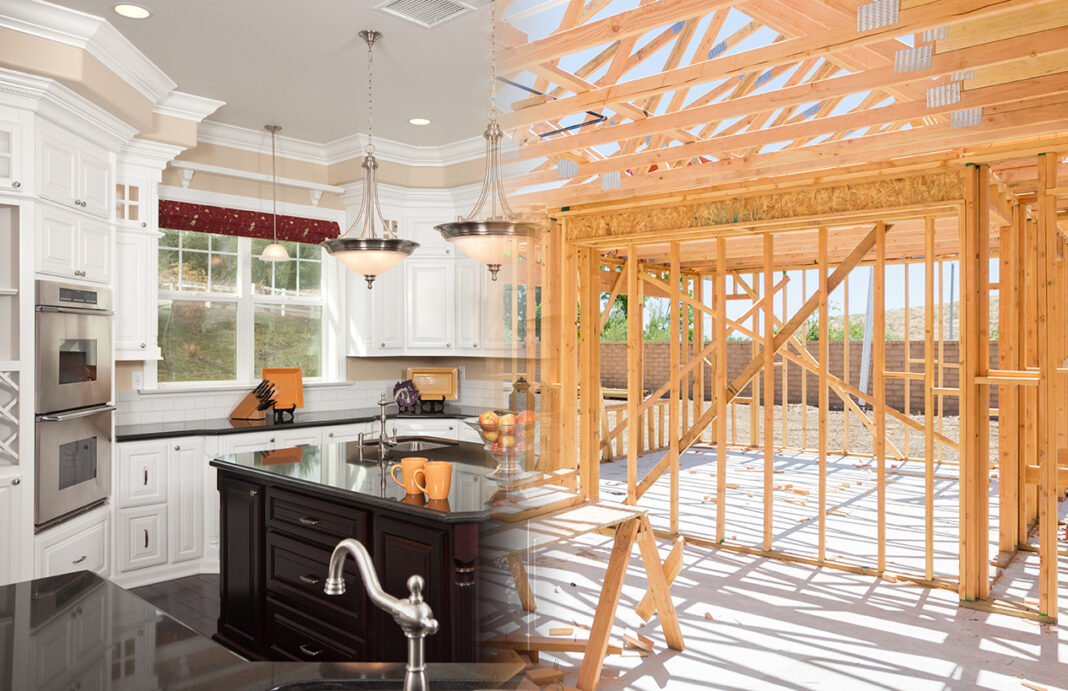Creating a safe and comfortable living environment for aging parents is a crucial step in supporting their independence and quality of life. From installing walk-in bathtubs to improving lighting, these home modifications can make a significant difference in their daily routines and overall safety.
1. Bathroom Safety First
The bathroom is often the most dangerous room for seniors, making it a priority for renovation. Installing walk-in bathtubs is one of the most impactful changes you can make. These specialized tubs feature low entry thresholds and built-in seating, dramatically reducing the risk of falls while bathing. Beyond walk-in bathtubs, consider adding grab bars near the toilet and shower, non-slip flooring, and a raised toilet seat to create a comprehensive safety solution.
2. Enhanced Lighting Throughout
Poor visibility can lead to accidents, making proper lighting essential. Install bright, glare-free LED lights in all rooms, particularly in hallways and staircases. Motion-sensor lights are excellent for nighttime navigation, while under-cabinet lighting in the kitchen provides better visibility for food preparation. Consider adding illuminated light switches and increasing natural light where possible.
3. Accessible Kitchen Modifications
The kitchen requires thoughtful modifications to remain functional and safe. Lower countertop heights in select areas, install pull-out shelves in cabinets and consider raising the dishwasher height slightly to reduce bending. D-shaped cabinet handles are easier to grasp than knobs, and a side-by-side refrigerator eliminates the need to reach up or bend down for frozen items.
4. Widened Doorways and Hallways
Standard doorways may not accommodate walkers or wheelchairs comfortably. Widening doorways to at least 36 inches ensures easy passage and reduces the risk of bumping into frames. While this can be a significant undertaking, it’s crucial for future-proofing the home and maintaining independence.
5. Flooring Updates
Replace high-pile carpeting with low-pile options or hard surfaces like vinyl or hardwood. These materials make it easier to move around with assistive devices and reduce tripping hazards. If keeping the carpet, ensure it’s firmly secured to the floor. In wet areas, consider slip-resistant tiles or vinyl with enhanced traction.
6. Improved Bedroom Accessibility
The bedroom should be a haven of safety and comfort. Install adjustable height beds with safety rails if needed, and ensure adequate clearance around the bed for easy movement. Consider adding a chair for sitting while dressing and organizing the closet with pull-down rods and easily accessible storage solutions.
7. Smart Home Integration
Technology can significantly enhance safety and convenience. Install smart thermostats for easier temperature control, voice-activated lighting systems, and security cameras with remote monitoring capabilities. These features provide peace of mind for both seniors and family members while maintaining independence.
8. Outdoor Access Modifications
Don’t forget about exterior accessibility. Install ramps with proper gradients and handrails at entrances, ensure adequate lighting along walkways, and consider automated garage doors. For those with green thumbs, raised garden beds can allow continued enjoyment of gardening without excessive bending.
9. Stairway Safety Enhancements
If the home has stairs, comprehensive safety modifications are essential. Install handrails on both sides, ensure proper lighting, and add non-slip strips to each step. For homes where stairs become too challenging, consider installing a stairlift or relocating the primary living space to the ground floor.
10. Universal Design Elements
Incorporate universal design principles throughout the home. This includes lever-style door handles instead of knobs, rocker light switches, and touch-activated faucets. While bathroom modifications like walk-in bathtubs make a significant impact, these smaller changes throughout the home can make daily tasks much easier.
When planning these renovations, it’s important to consider both immediate needs and potential future requirements. While some modifications, like installing walk-in bathtubs or widening doorways, may seem extensive, they’re valuable investments in safety and independence. Work with certified aging-in-place specialists and licensed contractors who understand senior-specific needs and building codes.
Remember that modifications should be personalized to your parent’s specific needs and abilities. Regular assessments of their daily challenges can help prioritize renovations and ensure the most critical areas are addressed first. Some modifications might be eligible for insurance coverage or government assistance, so research available programs in your area.
Start with the most crucial safety modifications, particularly in high-risk areas like bathrooms and kitchens. While installing features like walk-in bathtubs can be a significant investment, the peace of mind and increased safety they provide make them worthwhile. As needs change, you can gradually implement additional modifications to create a comprehensive age-friendly environment.
The goal of these renovations isn’t just to make the home safer – it’s to create an environment where your parent can maintain their independence and dignity while aging in place. With thoughtful planning and implementation, these modifications can significantly improve their quality of life and provide peace of mind for the entire family.





